The six most widely used RF cable connectors are Type-N, SMA, BNC, TNC, UHF, and F-Type. Type-N handles up to 11 GHz, SMA up to 18 GHz, while BNC and TNC are preferred for secure connections up to 4 GHz and 11 GHz respectively. UHF is used for lower frequencies up to 300 MHz, and F-Type is standard for cable TV and satellite signals up to 3 GHz.
Type-N Connector
The Type-N connector is a mold-resistant connector for RF cables, one of the most used types of connectors. Such great popularity may be explained by its following features.
-
Durability and power load capability make it a costly type of cable TV parts that can be seen and easily installed in military communications, weather and radio stations.
-
The ability to feed a power output that can be up to several kilowatts, for example, when the frequency is 100 MHz and the power range is 2000 W, which reduces for higher frequencies, and at the maximum is diminished up to 500-700 W. This is a connector that is hard to disconnect.
-
An example of an every-day use is an amateur radio station. When using a .405 inch in diameter performed in Italy and France, the signal has a 0.2 dB loss, which increases at least twice when using another cable. This is a critical point, since the voice becomes rustling and unclear, and the data transmission mode should be activated. When lost data are a mere trouble, unclear transmission of emergency information may often lead to fatalities.
-
The Type-N connector is not the cheapest one, as its price is around 3 dollars. The cost may be explained by its look and ability to shorten routes of connecting by 1500-2000 m. Uneven folding into a braid and a gap is possible and does not badly affect its workability. There is a separate municipal Type-N at a price of 2-2.5 dollars. There is also a Type-N catalogue, as other connectors may have different contours. In order to install their cable in Italy their tape is being used. MARKETS/RADIOS: CBC’s have gained the maximum signal loss and will not be detected on the island. BUSINESSES AND Auctions ON How to test what kind of a station Molotov-Kratky at the Southwestern Ukrainian province of Zaporozhye threadIdxnes. It is not appropriate for a professional installation but possesses a great variety.
-
The ability of Type-N to fit cables from .350 to .450 and access to smaller and larger cables as well is necessary for any type of usage. When Type-N is used, it allows to exclude an occurrence of electro-magnetic force as soon as it is possible. The information form of information comes out of cables running through a constructed Type-N trail such as streets and countryside.
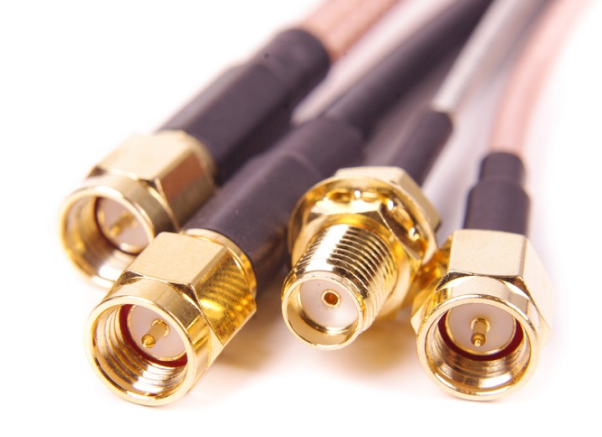
SMA Connector
At the present time, the SMA connector is widely used in the sphere of RF applications, as it is rather compact and it provides excellent performance at higher frequencies, frequently up to 18 GHz. As a result, it is often used in various telecommunications equipment as well as in specially created laboratory testing setups. One of the strongest sides of the SMA connector is its ability to hold a signal much better and conversely reduce the amount of loss at higher frequencies. For instance, in a typical home WiFi set-up, the use of SMA connectors on the router and antennas leads to the reliable transmission of a WiFi signal directly determinative of how efficiently the Internet services run.
In addition, the SMA connector utilizes a threaded interface, thus being mechanically more tight for environmental vibrations. In applications, such as satellite dish or GPS units, as well as in automotive and aerospace arrangements, SMA connectors ensure the integrity of the system that can be easily knocked out of alignment when relocated on vehicles. If compared to the non-threaded MCX , this SMA fitting holds much better and thus is less likely to get disconnected during certain vibration. Finally, referring to the financial side of this discussion, this fitting is among common and quite affordable, as connectors working at lower frequencies can even be more costly. Thus, even if being pricier, the SMA configuration is a pretty decent investment as it works much better and more reliably, withstanding testing loads. It can provide power levels up to 500 watts in applications working at low frequencies whereas it supports .141 inch cable. Most typically, at present such fittings are made of stainless steel or brass with gold-plated contacts that are much less prone to corrosion, ensuring long-lasting use even in the open air.
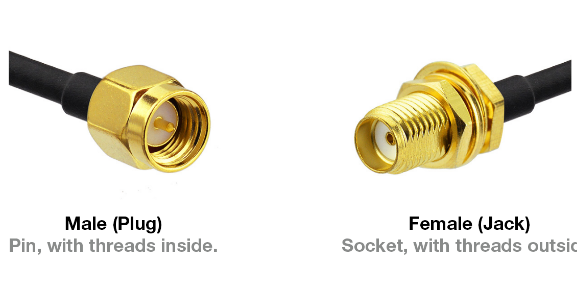
BNC Connector
The Bayonet Neill-Concelman connector is a popular RF connector, widely used for its quick connect and disconnect abilities that are combined with bayonet lock . These connectors are used in video equipment >, radio frequency instruments , and test and measurement applications .
One of the practical applications of the BNC connector is in CCTV installations. The need for reliability and ease of use in big security systems is crucial, as such systems involve a large number of cameras. You can easily change the camera or check the connection with no special tools, so the setup time and maintenance cost are significantly reduced. With BNCs instead of screw-on or solder-on connectors, the installation of a CCTV system might take 30% less time. These connectors ensure minimal signal loss, a crucial factor in video and data transmission. For example, a BNC connection might lose around 0.2 dB at 2 GHz, while the unsecured one could easily lose from 0.3dB to 0.5dB, a substantial change in terms of transmitted signal quality . The BNCs are also relatively cheap, which makes them suitable for a variety of applications, from amateur radio systems to professional broadcasters. The connectors are build of a nickel plate brass body with gold plated contact, ensuring a good balance of price and performance, as the plug is both durable and has a sound electrical connection. As for the specifications, the BNC connectors can be screwed into cables that have diameter from 0.2 inch to 0.3 inch, which is between 5 mm and 7 mm, encompassing a variety of sizes that are used for different applications. They also have up to 500 mating cycles, underscoring their long durability and appropriate use in environments in which cables have to be connected and disconnected multiple times.
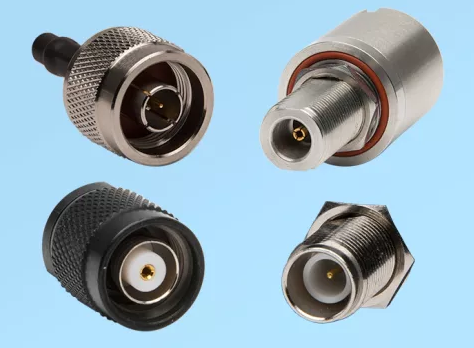
TNC Connector
The TNC connector is a further development of the BNC connector. It has a threaded coupling, which is designed to provide a more secure connection and to avoid the possibility of being disconnected due to excessive vibration. Such a design makes the TNC connector very advantageous for mobile use, including application in the GPS systems, mobile communications and other devices used in a hostile environment . For this reason, the connector can be used in the aerospace systems, defense systems and other equipment that can get damaged as the result of vibration or other physical impact. An interesting application of the TNC is the connection of such outdoor equipment as antennas. For example, in the case of the cellular base station, where the equipment often gets affected by the bad weather. The TNC connector can be connected to a coaxial cable safely, as the safety of the threaded connection avoids the possibility of being disconnected and by that, avoids a loss in signal. In these applications, the TNC connector can be used for the frequency up to 11 GHz and the power similar to the Type-N, which most often is up to 100 Watts at the higher frequency ranges. . For a type of the connector, the TNC is cost-effective, as it provides excellent benefits due to its useful and durable advantages for the use in different applications. By employing TNC, the installation and maintenance of the antenna are minimized, which reduces the total cost of ownership for long-life communication systems.
The TNC connector is designed to it a variety of cable sizes in the range of usually 0.1 to 0.5 inches, which provides great flexibility for implementation. A desirable characteristic is high RF shielding , while a wide variety of shielding effectiveness is mandatory for some applications. In order to make the connector durable and long-lasting, the body is usually made of brass or stainless steel. The inside of the connector, and in particular, the contact pins are gold-plated. For most applications, gold is chosen for its high quality and ability to prevent the connector from corrosion. As a result, all possible breaks or weak spots are eliminated, and the total electrical resistance is reduced.
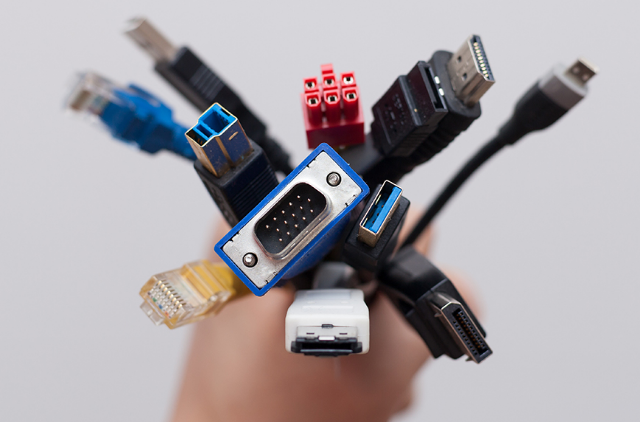
UHF Connector
Despite the high-frequency designation in its name, the UHF connector is a frequent choice in low to mid frequency applications, often up to 300 MHz. A typical application for this type of connector is amateur radio and Citizen’s Band applications, due to the relatively low frequency and the need for robustness and simplicity. For that reason, a UHF connector is a highly popular choice in the realm of amateur radio. The connector has a simple, screw on functionality that requires no special equipment for installation. Given the need for a permanent and reliable connection at the home or mobile amateur radio station, the UHF connector is an easy and convenient choice. In emergency preparedness, the UHF connector is a crucial tool in disaster communication that can help save lives.
A UHF connector is typically constructed at the VHF impedance, however, the nickel plated brass used in the construction has non-constant impedance characteristics that are appropriate for slight changes in the lower UHF frequency. The construction of this type of connector is very simple and relies on a durable and robust design to function in the variable conditions of outdoors and mobile installations. Overall, it cannot achieve the low signal loss and high frequency capacity of some modern connectors, such as SMA or N-type, however, its cost allows UHF connectors to be a popular choice for hobbyists and professionals alike in cases where frequency requirements are less strict and cost prohibitive. For example, this type of connector is often used to connect a CB radio in a vehicle, as its construction allows the connection to withstand the high level of vibrations produced by driving the car, truck, or SUV and create signal failure. The specifications of the UHF connectors are up to 100 watts and vary between different models. Typically, it fits the classic large-diameter coaxial cable, with a wide range of compatible sizes.
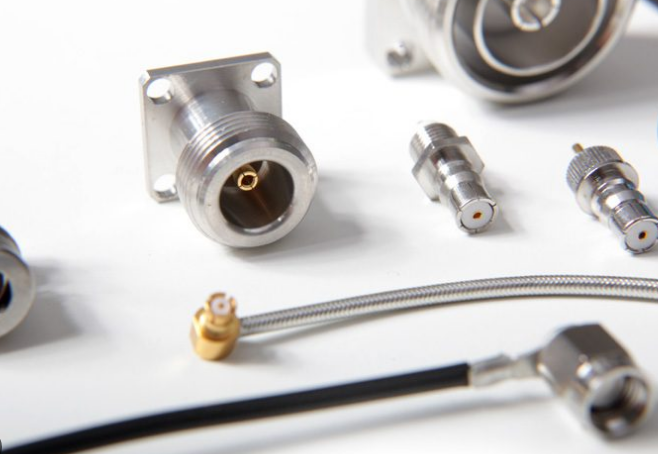
F-Type Connector
F-Type connector is recognized everywhere as the default design, both for cable and satellite TV installations, and other applications. The first reason is its exceptional ability to carry high-bandwidth signals over coaxial cable. This connector’s design is matched to provide such results and allow it to perform well at frequencies up to 3 GHz, which is essential for modern home entertainment and communication systems.
In brief, frequency-type connectors are pivotal in providing a clear signal to residential settings. For example, passing thousands of homes in an urban cable TV system installation, the use of an F connector on each of them may help identify clear-signal viewing of any television station. The locales with the homes in this kind of setting counted in thousands each have tons of people who want high-speed internet and excellent HDTV quality. On the other hand, installing cheaper, non-threaded connectors in the same densely housed area may lead to signal leakeage. In this case, the overall deterioration of TV signals and internet services may be experienced. Practically, compared to the non-threaded design, we may have an F-type connector that remains faithfully connected with signal losses of less than 0.5 dB at 2 GHz, while unscrewed ones may have such losses amounting to almost 1 dB . In the overall picture, the cost of frequency type fittings is minimal. With the highest phase, widespread use, and simplicity of other electrical components, it will be one of the most cost-abailable RF connectors. Still, this availability does not affect the connector’s high efficiency, making it the perfect tool for large connection system installations, especially in cable facilities, from homes to cities as a whole. It may also be added that the cable connector is only compatible with RG-6 and RG-59 types.






